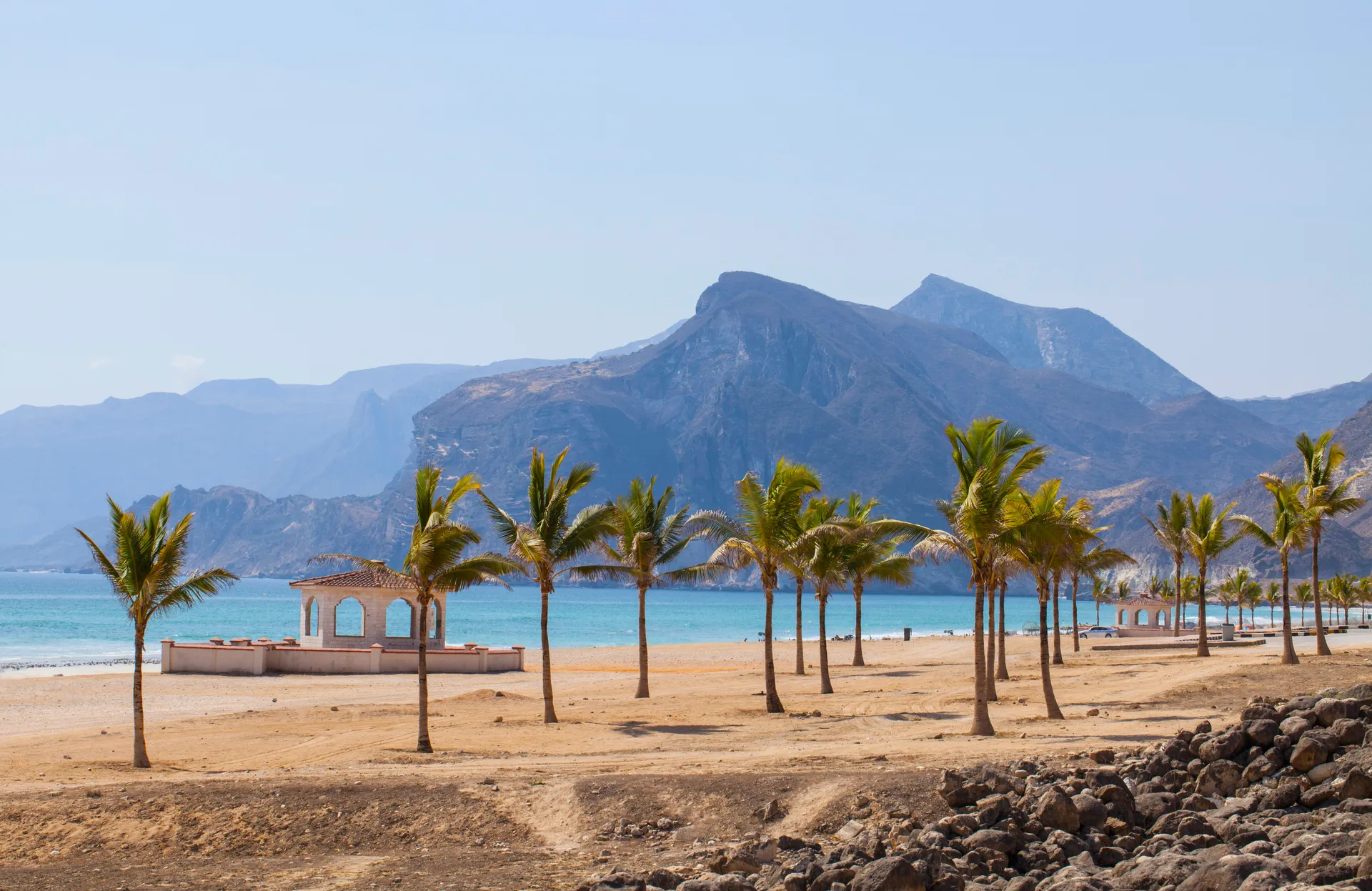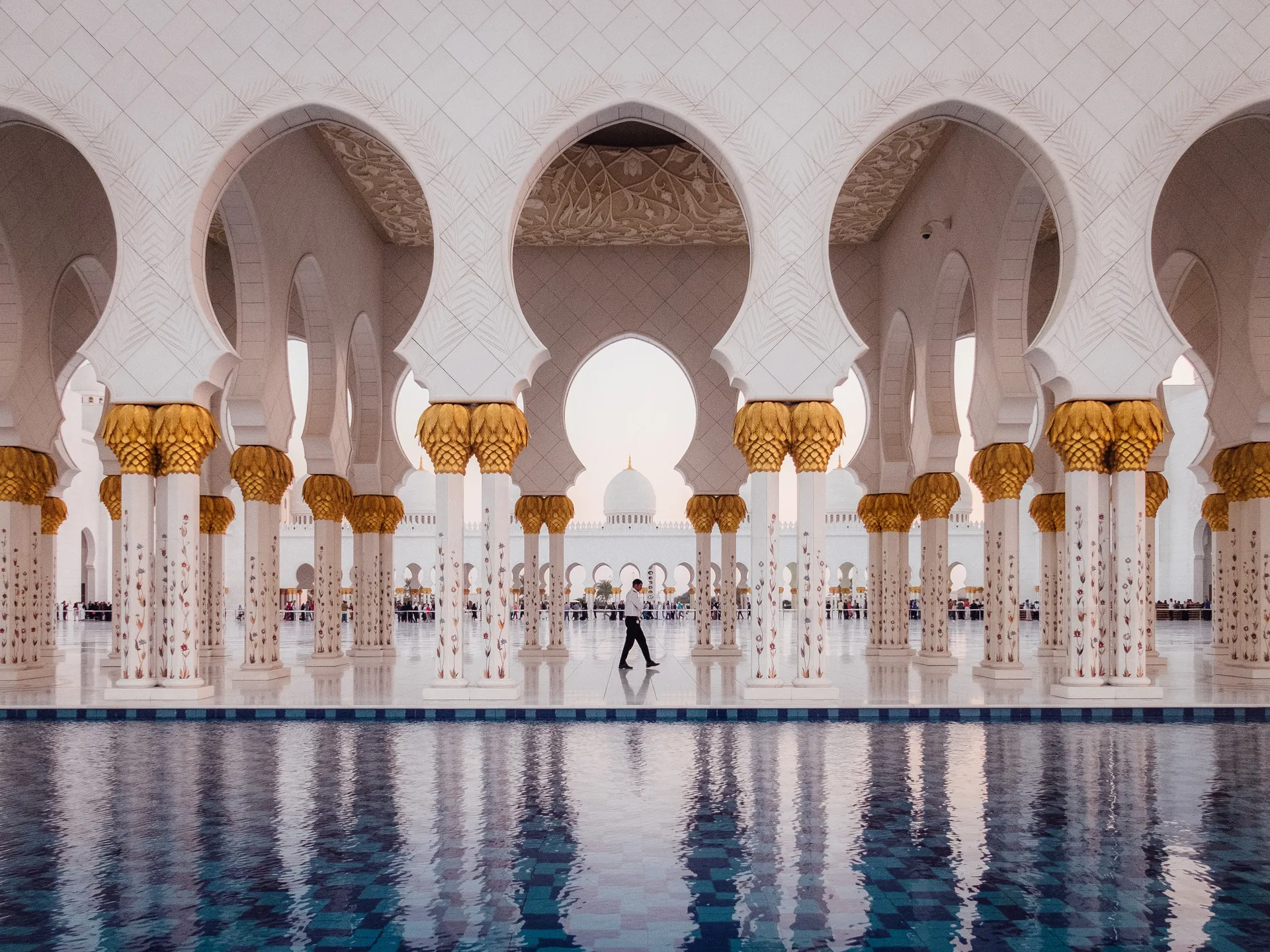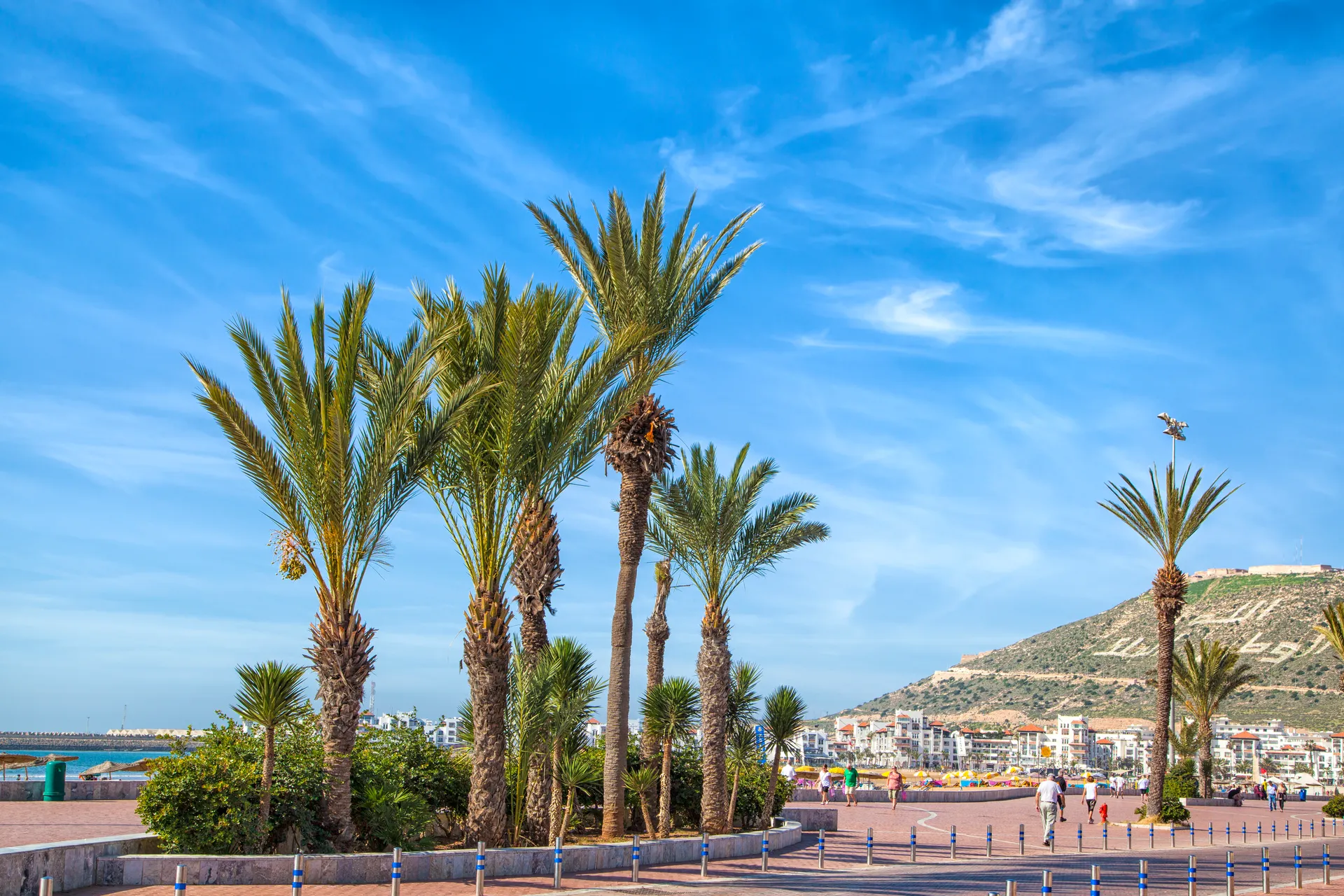
Oman Holidays
Endless sands which stretch as far as the eye can see, luxurious resorts fringed by perfect beaches, incredible modern architecture sitting side by side with traditional forts and palaces; it's true to say that Oman has a little something for everyone. Situated on the southeastern tip of the Arabian Peninsula, this enigmatic country is a relatively unknown gem and serves up a completely different holiday to some of the better-known destinations nearby.
Unlike the neighbouring Emirates like Dubai and Abu Dhabi, Oman offers holidaymakers a less flashy, more traditional authentic experience. Charming cities brimming with traditional culture inhabited by a friendly and proud local people are surrounded by some of the most incredible untamed scenery including mountains, gorges and deserts.
What to see in Oman?
Rich in culture, architecture and monuments, Oman is a world far from your own and offers you a wide variety of things to explore, discover and appreciate. With sites such as the Grand Mosque and the magnificent stalactites, and stalagmites of Al Hoota Cave; Oman provides a wealth of experiences for everyone to enjoy.
The Grand Mosque is a truly magnificent piece of modern architecture, dominating the skyline of Muscat with its central dome reaching 50 metres towards the sky. The full name of this complex is Sultan Qaboos Grand Mosque and its 5 minarets define the limits of the site, representing the 5 pillars of Islam. One of the most extravagant mosques in the world, it took 6 years to build and features Islamic, Middle Eastern and Omani architectural styles.
Another note-worthy site to visit is Al Hoota Cave, the first of its kind in Oman as it has been developed for tourism and prides itself of being quite the hidden gem. Lit to ensure the features are highlighted in the most favourable way, this breath-taking cave features running water and staircases leading to key features. When visiting Al Hoota Cave, a trip to the geological museum is a must, as it showcases features that have put Oman on the map in regard to geology and mineral specimens.
Food in Oman
The cuisine in Oman is simply mouth-watering; from grilled meat, breads, dates and coffee, Oman is home to fantastic traditional dishes. One of the most popular dishes is Majboos, also known as Kabsa and Makboos, this dish consists of mixed rice, vegetables, meat, and a selection if spices. It is usually served with either yoghurt or green salad, traditional bread, and tomato sauce. An essential part of Omani culture is Kahwa (coffee in Arabic), famed for its exquisite taste and texture, is it often mixed with cardamom powder. Kahwa is commonly served with Omani Halwa (dessert) and is drunk several times throughout the day, Omanis also prepare pots of Kahwa and take it with them when visiting neighbours.



